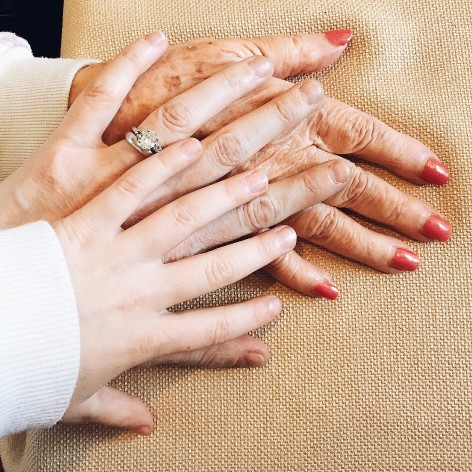Intrinsic Versus Extrinsic Skin Aging
07/22/16 – Skin ScienceEvery year, we turn a year older. No one can argue with that. But when we think about our skin turning a year older — well, that makes us cringe. Aging happens to us all, and skin aging is a natural part of the aging process. However, it’s important to recognize the different kinds of skin aging we experience. This way, we’re better equipped to keep our skin healthy and young looking for years to come.
There are two major forms of skin aging: intrinsic and extrinsic.
- Intrinsic Skin Aging
- What is it?
- This type of skin aging is often called chronological (or biological) skin aging. It’s caused mostly by internal, genetic processes — the same processes that age all parts of our bodies. Intrinsic skin aging predominately affects elastin and collagen, two important skin-building proteins.
- What can you do?
- Because intrinsic skin aging is based on your genetic makeup, there is little we can do to slow its effects. But, intrinsic skin aging only makes up about 10 percent of the skin-aging process. Which brings us to …
- What is it?
- Extrinsic Skin Aging
- What is it?
- Extrinsic skin aging relates to the external, environmental and lifestyle factors that affect our skin — and often accelerate the skin-aging process. These factors include elements that produce free radicals, like pollution, UV light, cigarette smoke, stress and more.
- What can you do?
- Luckily, slowing the effects of extrinsic skin aging is very doable. Reducing the harmful effects of free radicals (by eating foods high in antioxidants, safeguarding your skin from UV light and taking dietary supplements like Heliocare) is one major way to help your skin stay healthy and young looking.
- What is it?
Yes, we all age, year after year (thanks to intrinsic skin aging), but by controlling our diet, lifestyle and environment, we can slow the effects of extrinsic skin aging and keep our skin looking healthy and youthful, no matter the year.

















